Radiation level elevated around Fukushima
Tokyo Electric Power Co. has detected radioactive iodine 1,250 times the legal limit in Pacific Ocean waters near tsunami-stricken Fukushima nuclear plant.
Saturday, 26.03.2011.
16:51

Tokyo Electric Power Co. has detected radioactive iodine 1,250 times the legal limit in Pacific Ocean waters near tsunami-stricken Fukushima nuclear plant. An official from Japan's Nuclear and Industrial Safety Agency (NISA) told AFP agency that the company has detected radioactive 131-iodine several hundred meters offshore near reactor number one. Radiation level elevated around Fukushima NISA spokesman Hideiko Nishiyama said that the level is "relatively high" but the impact on marine life and seafood would be minor, because the ocean currents will disperse radiation particles and so it will be very diluted by the time it gets consumed by fish and seaweed. The new reading, taken on Friday, is sharply higher than several taken last week at the same spot, considering that on Thursday it was 145 times the legal level. Environmental watchdog Greenpeace started its own monitoring near the plant, charging that "authorities have consistently appeared to underestimate both the risks and extent of radioactive contamination". Nuclear crisis in Japan has increased after it was suggested Friday that there was a possibility that a vessel containing the No. 3 reactor was damaged, which could make the radioactive contamination much higher than it was initially assumed. Japan’s authorities, however, widened the zone around the plant where it suggests people evacuate, to 30 kilometers, below the suggested 80 kilometers. Engineers in Fukushima have started pumping in fresh water to cool the reactor cores and pools containing spent fuel because of the corrosive potential of the salt in seawater.
Radiation level elevated around Fukushima
NISA spokesman Hideiko Nishiyama said that the level is "relatively high" but the impact on marine life and seafood would be minor, because the ocean currents will disperse radiation particles and so it will be very diluted by the time it gets consumed by fish and seaweed.The new reading, taken on Friday, is sharply higher than several taken last week at the same spot, considering that on Thursday it was 145 times the legal level.
Environmental watchdog Greenpeace started its own monitoring near the plant, charging that "authorities have consistently appeared to underestimate both the risks and extent of radioactive contamination".
Nuclear crisis in Japan has increased after it was suggested Friday that there was a possibility that a vessel containing the No. 3 reactor was damaged, which could make the radioactive contamination much higher than it was initially assumed.
Japan’s authorities, however, widened the zone around the plant where it suggests people evacuate, to 30 kilometers, below the suggested 80 kilometers.
Engineers in Fukushima have started pumping in fresh water to cool the reactor cores and pools containing spent fuel because of the corrosive potential of the salt in seawater.


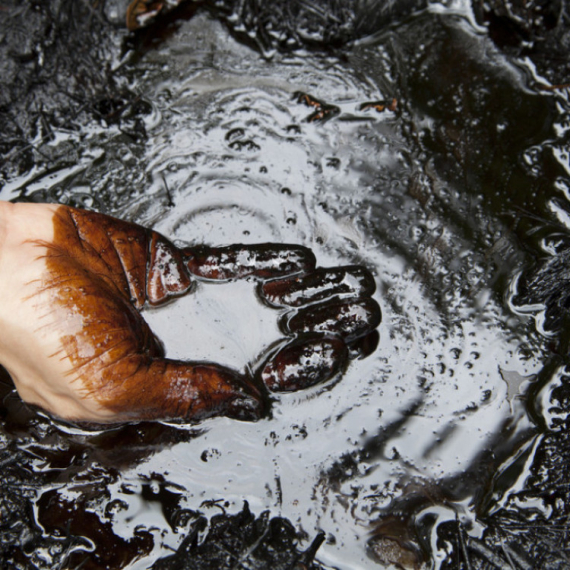
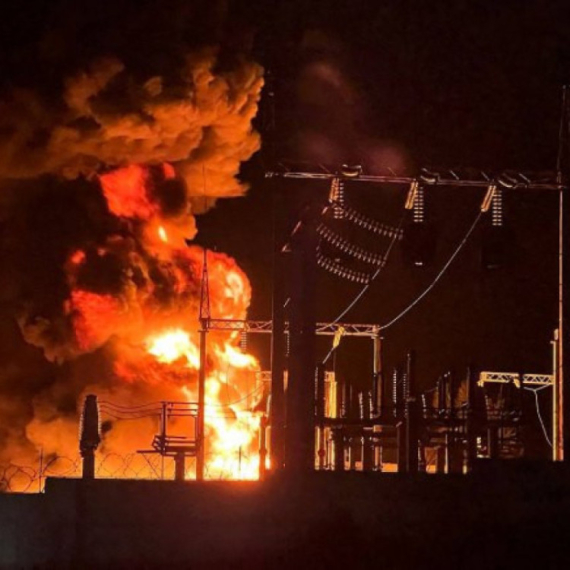


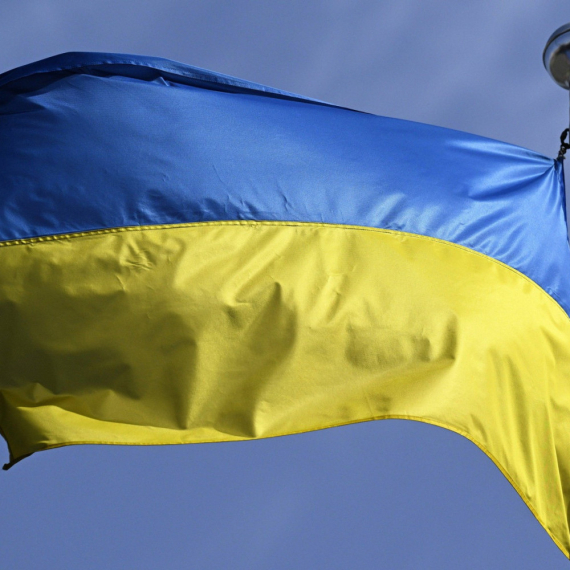










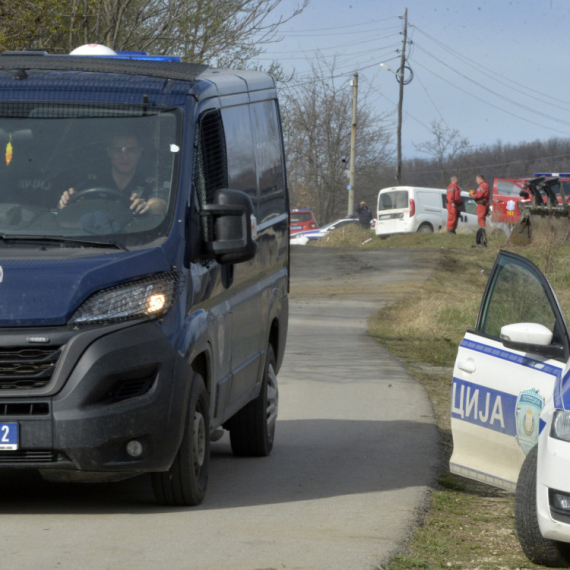
































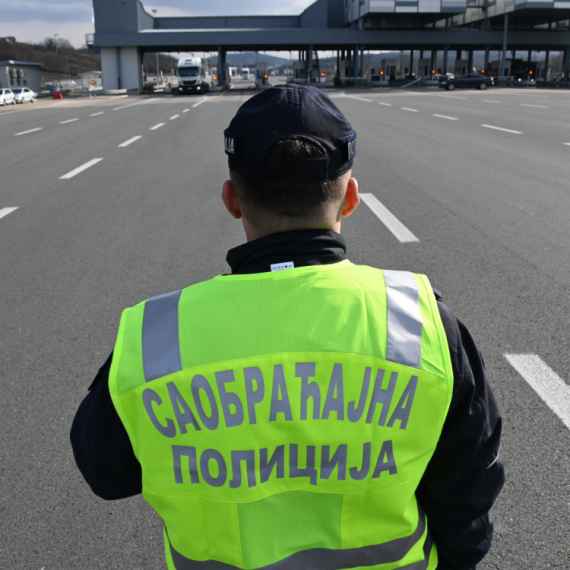

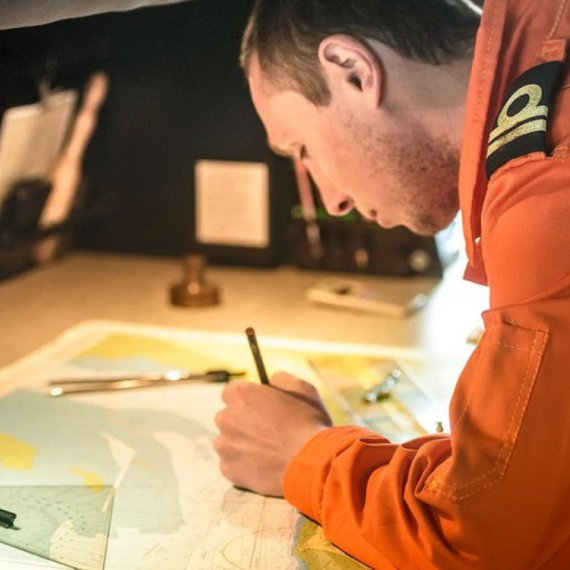


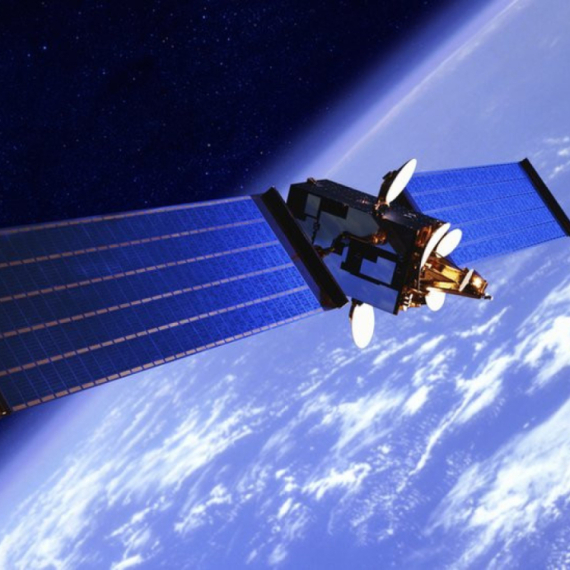


Komentari 0